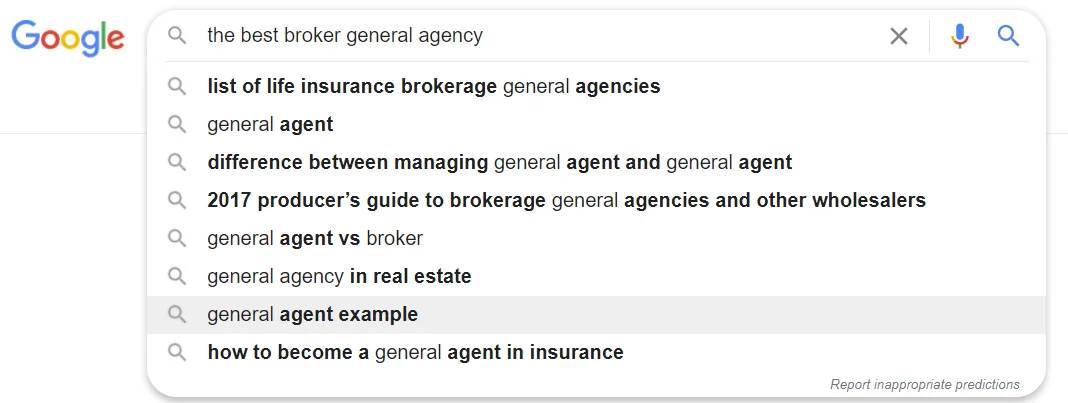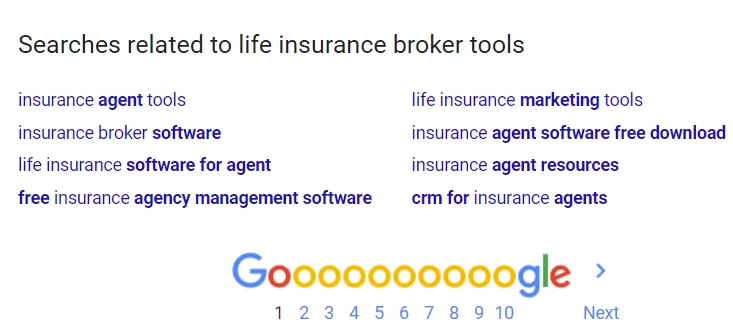Small Town Heroes: Write a Big League Blog for a Small Niche Audience
There are many resources out there to talk about basic blog structure and tips for making sure that your posts are SEO friendly and it’s important to pay attention to what you are writing about and how it fits into the broader internet landscape on your chosen topic. Critical aspects such as layout, headings, keywords, length, multimedia and more are all essential to keep in mind and we’ll be discussing some of those here. But what about writing a killer blog for a niche audience? How does one capitalize on solid blog writing when their audience isn’t necessarily everyone, but instead resides in a certain aspect of a particular industry? This tiny slice of the pie is what we will dig into in this post.
Keyword Volume Stats are Less Meaningful in a tight Niche
There are dozens of programs to help you discover impactful keywords for your posts. Whether it’s the Jaaxy Keyword Tool,, Moz Keyword Explorer, or Google itself, you can find programs that let you type in keywords and phrases in order to see how often they are searched in Google each month. A tool such as Jaaxy, also tells you how robust the competition is for that keyword or key phrase.
In a tight niche market, however, some of these keyword stats can be underwhelming. Let’s take a look. For the purpose of this post, we will be looking for keywords in the Life Insurance niche. Instead of focusing on policyholders and consumers, however, we are going to drill down and instead focus on topics that producers and agents might be searching for.
When running a keyword analysis on a phrase such as Indexed Universal Life Insurance you would see a breakdown like this:

As you can see, it receives hundreds of searches each month. We can imagine that while there may be some insurance agents and advisors searching these terms, there will most likely be many consumers searching these terms as well. This ‘mixed’ stat does not mean that an article on Indexed Universal Life would be a waste of time in our niche as that key phrase would certainly pertain to our overall genre, however, if we are specifically targeting and writing for brokers, producers, and advisors, the typical keyword tools will fall short of hitting the mark.
Small Town Hero #1: Google Search Suggestions
A great tip to find keywords and phrases when typical tools fail us is to use the suggestions at the bottom of Google’s search itself. When you type in a search on Google, it returns a list of closest matches followed by a list of links at the bottom of related or suggested searches. These also appear as you are typing your search query.
Let’s say that in our effort to dig down into the question of “What do Life Insurance agents, brokers, and producers search for?” we decide to focus on Broker General Agencies. These are companies that provide services and support for agents. They help agents connect with the best life insurance products available today and assist them in every aspect of their career. A typical policyholder or consumer would generally not search for these agencies, whereas a new agent would most likely seek these out as they build their career. Let’s imagine our target audience is searching for an excellent BGA to partner up with.
If we type a search for “The Best Broker General Agency” and scroll to the bottom of the search page, we will find these related searches suggested below our query:

Again, these will also be listed as links at the bottom of the first Google search page like this:

Even though we are not given stats on these terms (in fact if we type them into a keyword stat tool it will show the low volume of monthly searches) the fact remains that we know that agents and brokers will search these terms. In the top 10 results for this page, 2 of them have titles pertaining to defining the term Broker General Agency and the corresponding websites are in fact BGA’s. I would suspect there is room on that list for a more robust description of BGA’s and that our chance to place for that phrase is a good one.

Small Town Hero #2: Our Knowledge of the Niche Audience we want to Attract
When you are writing a post for a very specific group of people, your knowledge of the terms and phrases they care about is perhaps the most important tool that you have. To stick with our life insurance niche and specifically our audience of brokers, agents, and advisors, we used our knowledge of BGA’s to find ideas on what a broker might be looking for when they type that term.
Finding the right keywords and phrases can be difficult but if we leverage Google’s search along with our knowledge of the audience, we can quickly find topics and articles to write for them. For example, we may not know exactly what we want to talk about but we do know who we want to speak to. If we type in a phrase such as “life insurance broker tools” we will find a number of entries followed by these ‘related searches’:

Here we can see that agents are looking for software to help them manage their clients. An article about these different tools would likely be a great place to start. Just like that, with a few keystrokes, we can find a suitable topic for our niche audience.
Small Town Hero #3: The SEO Basics, the Format, and the Result
There are a few basic rules that should be followed when writing a blog for any audience and these rules are just as applicable to a niche audience as they are to any writing on the internet. While some of these may sound arbitrary, they are based on Google’s search algorithms which are, in turn, based on improving the user’s experience on the internet. Guidelines such as the length of the article, the general format, the use of images, appropriate headings, and clarity are all a part of the mosaic that makes for a successful post. Let’s take a quick look at these now.
Length of a Blog Post
Typically, the longer the post, the greater the opportunity for keywords to be discovered by Google. While it is certainly possible to rank over time with shorter posts, especially if your website has many of them, Google currently rewards more verbose articles over lean articles. Try to hit 1,000 words or more when you are writing an article. Apis Productions has an excellent post about outlining an article to make writing easier that you can find here.
Use Headings and Subheadings
The title of any blog post is considered a heading. It is denoted by large bold text. Each article should have 1 of these. Subheadings (also known as ‘Heading 2’) should announce each new aspect of the article. You can see in this post that you are reading, there are many subheadings. The search engine (as well as the reader in most cases) skims these headings to get an idea of how you are addressing the main topic. So, as a rule of thumb, never just write a stream of consciousness. They look ugly, they are unorganized, and Google hates it. In this particular section, I am making use of Heading 3’s. You can find these heading categories in the word editor of WordPress as well as any word processing software you use (i.e. Google Docs, Microsoft Word, etc).
Have at Least 1 Outbound Link and 1 Internal Link
Within your post, find a reason to link to some information that lives outside of your website. Oftentimes, a post might link to information on Wikipedia, or to a study, or anywhere that corroborates the point you are trying to make. Google likes an outbound link.
Additionally, your post should link to at least 1 page in your website. This could be another blog post that relates to what you are writing or it could be another content page on your site. In this post, I have linked to another post about organizing your blog articles. (you can see that link in the “Length of a Blog Post” heading 2 sections above. This will help elevate both the post you are writing as well as the post that you are linking to in Google’s content hierarchy.

Use Images!
Word salad is always bland. Both Google’s search engine as well as your readers will thank you for tossing in some pertinent images to help break up the visual monotony of text. Some good sources for free stock images can be found on Pixabay and a quick search for free stock images will yield many other results. (By the way, did you catch that Outbound Link I just added for Pixabay?)
When you upload your images to your blog post on WordPress, make sure that you include the ‘Alternative Text’. This how Google ‘sees’ the image in the article. You will find the option to add alt-text when you upload the image to your media library. Make sure you describe the image succinctly.
Know Your Audience, Be Clear, and Publish Consistently
In the end, it all comes down to knowing who you are speaking to and speaking to their concerns and curiosity. Answer a question that you suspect they are asking and make use of free and paid tools to help you find the phrases that they are searching for online. If you publish regular blog posts you will see in time that some of them are more successful than others. When you do, capitalize on those topics and write some more in depth articles around them.
Writing for a small, niche audience can have tremendous advantages in terms of low competition and high user interaction with your material. Sometimes it is not about finding the most people to visit your website, but finding the right people. Go forth and grab your niche!




